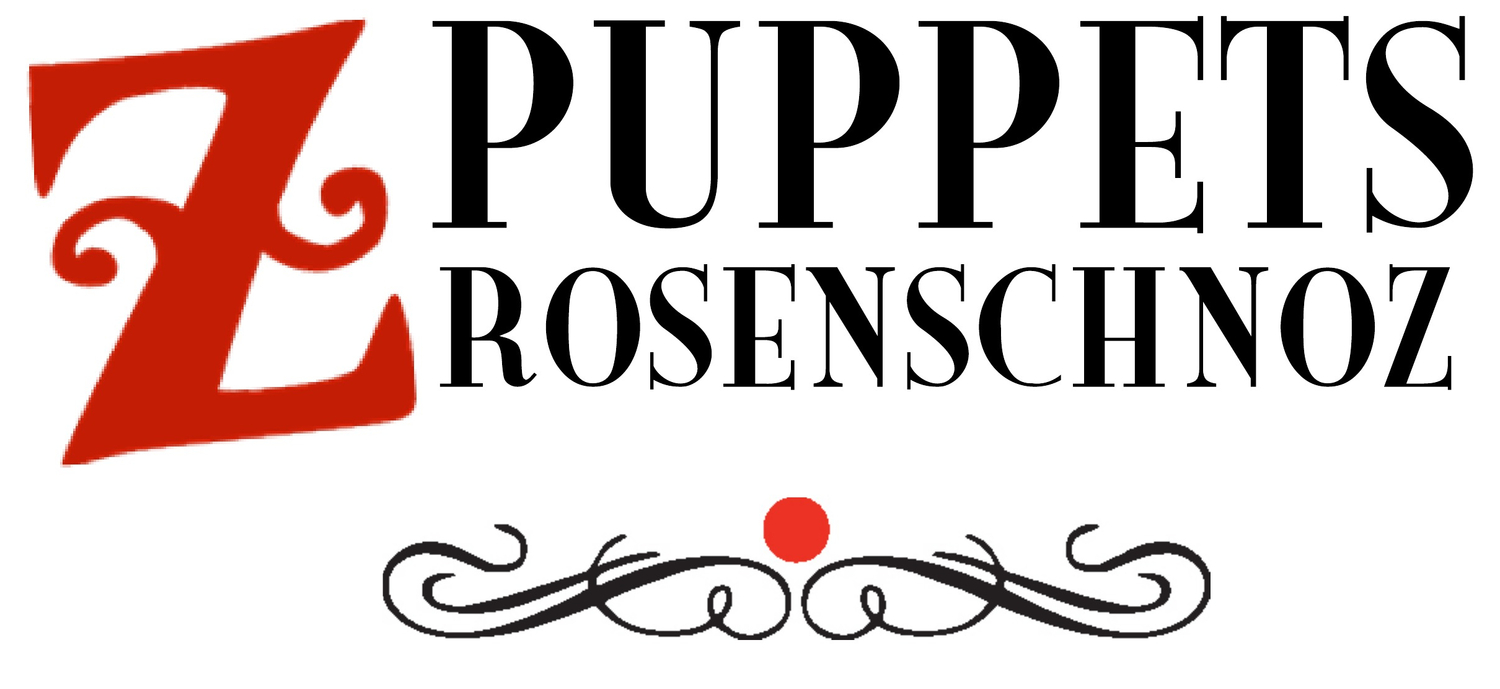Residencies
children • professional development • corporate training • adult learners
An artist-in-residence program can look like may different things, depending on the interest and ability of the partners involved. One helpful way to frame the options was developed by the Arts for Academic Achievement program of the Minneapolis Public School District in 2001 as five arts integration models (Models of Implementing Arts for Academic Achievement: Challenging Contemporary Classroom Practice, Center for Applied Research and Educational Improvement, 2003):
- Residency Model: involves the school or teacher bringing in one or more artists for a period of time to engage students in the resident artist’s program. The purpose is usually to give students a wider range of arts experiences than the school staff can provide. The experience does not directly support the curricular goals of other non-arts disciplines.
- Elaborated Residency Model: is intentionally tied to developing non-arts skills identified by the teachers. The artist is the primary teacher and it is their program, but the teacher is available to assist with carrying out the experience.
- Capacity Building Model: prepares teachers to use an art form in their own teaching. The artist’s role is to instruct teachers, while the teacher participates with the intention of learning the process and products of the art form. Teachers may work alone, directly with the artists, or with colleagues to identify ways to infuse the art form’s skills and concepts with non-arts disciplines.
- Co-Teaching Model: involves teacher-artist pairs integrating concepts from the arts and nonarts disciplines that reinforce each other. At different points, students’ experiences may focus more on the art form or on the non-arts subject, while at other times the arts and non-arts instruction appear seamless. The teacher and artist create lessons that guide the artist during sessions that focus on the arts, and clarify what the teacher will do when the artist is not present.
- Concepts Across the Curriculum Model: involves three or more people who select a unit of study in which their disciplines have common concepts. Though teachers and artists plan together, each discipline instructs students separately using the common concepts. The projects that fit this model involved arts and non-arts teachers employed in the school selecting an art form that would further reinforce the concepts in the unit of study.
In general, our workshops and residencies fall into the following categories:
Z Puppets artists have extensive experience in all of the above models of arts integration, and can help define and set up a residency that best suits the needs of the communities where we work.

